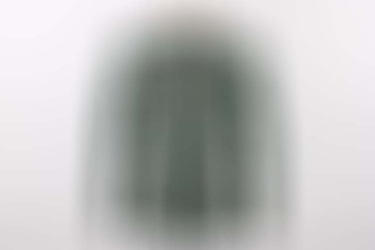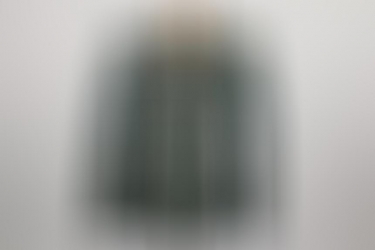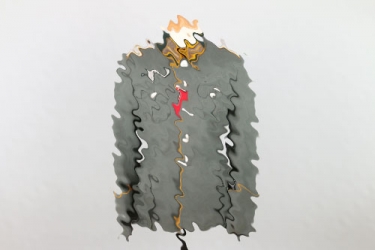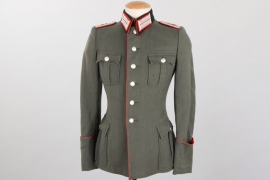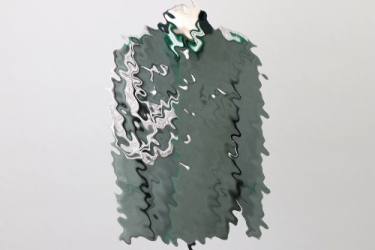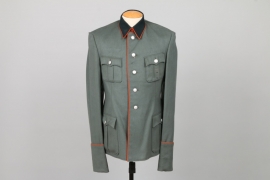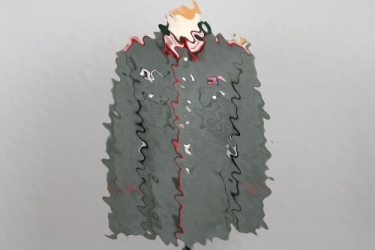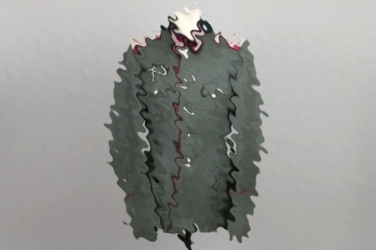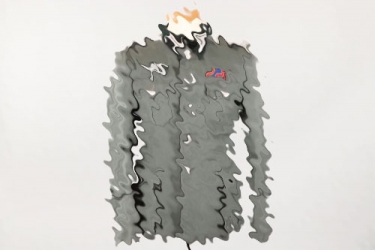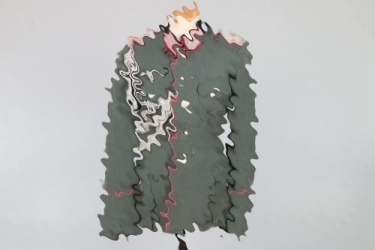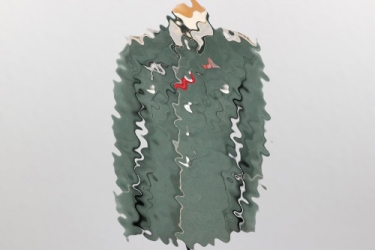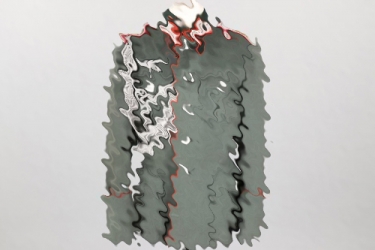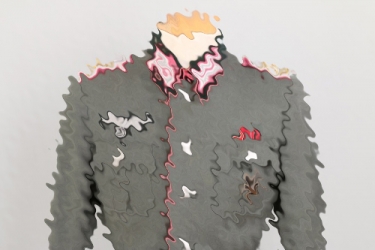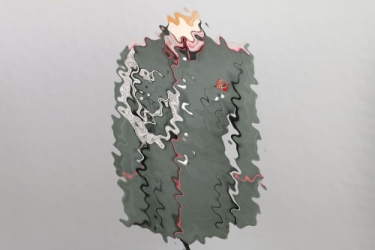Heer ornamented service tunic
Militaria Price Guide
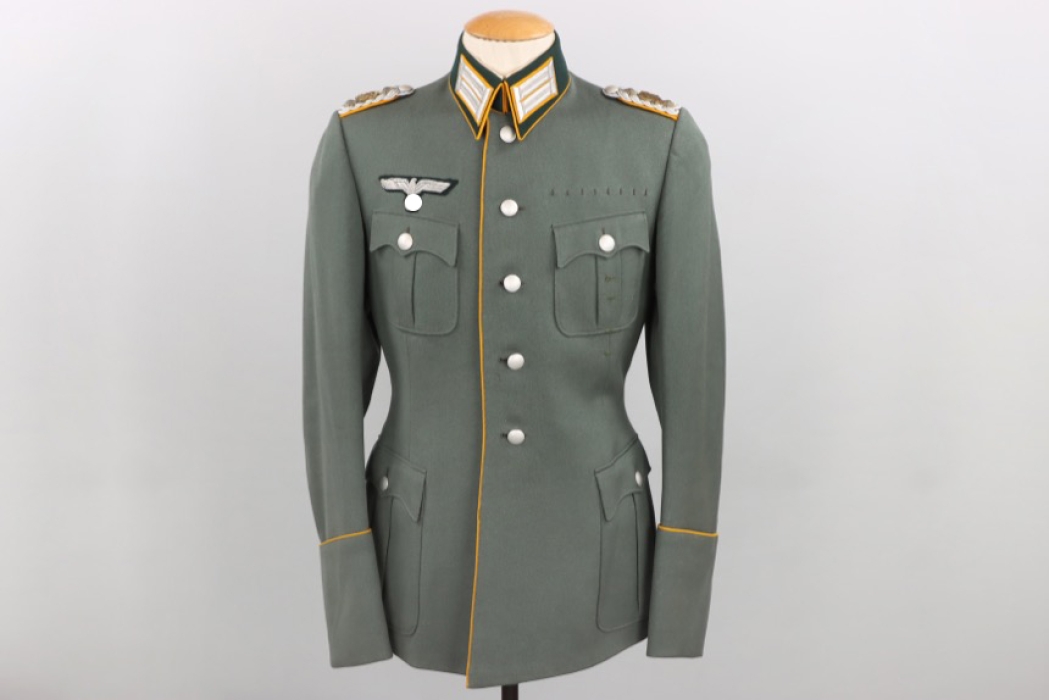
Heer "Spanische Hofreitschule" ornamented tunic to Obstlt. Podhajsky
MILITARIA PRICE GUIDE
How can I see prices?
Welcome to the ratisbon's MILITARIA PRICE GUIDE!
To access all prices, pictures, and descriptions please subscribe to our MILITARIA PRICE GUIDE at www.ratisbons.com/militaria-price-guide. Save 25% when subscribing for one year! Get full access for just 75€!
We are buying single items and entire collections! Call +49 8541 9053699
-
PAYMENT
-
HOW CAN I PAY FOR MY ORDER?
AUCTIONSYou will receive an e-mail confirming your successful bids the day after the auction has ended. In your personal my ratisbon's you will be able to inform us about your most convenient payment method for this order or tell us about an alternative shipping address.
If we don’t hear from you within 24 hours, we will send an invoice choosing the payment and shipping options which we think are the most comfortable ones to you. If you decide to change your shipping or payment method after receiving your invoice, just drop us a line or visit my ratisbon's/ORDERS for any more details.
SHOP ORDERSChoose your payment method when ordering and submit your order. Once your order has been received we will send an invoice including your shipping costs and your payment instructions.
After receiving the invoice, the order must be paid within 7 days.
Please contact us to discuss layaway options.To learn more about paying at ratisbon's, please see your FAQ pages.
WE ACCEPT FOLLOWING PAYMENT METHODS
-
-
Versand
-
HOW DO YOU SHIP MY NEW TREASURES?
PACKING & TRACKINGWe usually send out orders within 1-3 working days after your payment has been received. In most cases, we are faster than this! We will inform you when your goods are being dispatched and provide a tracking number, In addition, you can always check your order status at my ratisbon's/ORDERS. Delivery times will vary depending upon the delivery destination and type of shipping service you have chosen.
SHIPPING TO ALTERNATIVE ADDRESSIf you prefer to have your order shipped to your work address or a friend during your absence, we will happy to arrange this for you. Send us an email letting us know about your new shipping address and we will be happy to send an updated invoice to you.
OUR LOGISTIC PARTNERS ARE AS FOLLOWS
-
-
OUR GUARANTEE
-
 OUR GUARANTEE!
OUR GUARANTEE!We only offer collectables which to the best of our specialists knowledge are authentic. About 15% of all consignments are returned to the consignor after extensive research due to authenticity issues.
Unlike traditional auction houses we do offer a full right of return. If you are not satisfied with what you won or bought, you may return it within 14 days. Please inform us and we will instruct you on how to return the goods. For more information, please visit FAQ pages.
Important note: Cancelling bids after an auction may disappoint the consignor, who like you is a collector. This situation is easy to avoid. We encourage you not to bid on any collectable if you are unsure if it fits into your collection. Ask us to cancel your bid 24 hours prior to the end of an auction to avoid this situation.
-
COUNTRY Germany 1918 - 1945
DIMENSIONS Medium
WEIGHT
EAN 2000000552545
PERIOD 1918 — 1945
COUNTRY Germany 1918 - 1945
COUNTRY Germany 1918 - 1945
LOT 57-0002
Heer ornamented service tunic
Description
Important personal ornamented field bouse to Oberstleutnant Alois Podhajsky.
Alois Podhajsky (1898 - 1973) was the director of the Spanish Riding School in Vienna, Austria as well as an Olympic medal-winner in dressage, riding instructor, and writer. He competed at the 1936 Summer Olympics and the 1948 Summer Olympics.
Podhajsky was born in Mostar, Bosnia and Herzegovina, and was an officer in the Austrian Army, rising to the rank of colonel. In 1939, Podhajsky became chief of the Academy of Classical Horsemanship, better known as the Spanish Riding School of Vienna, Austria. Founded in 1572, the school's main focus was the training of Lipizzan horses in the art of classical dressage. Podhajsky was director of the school throughout World War II and continued in the position until his retirement in 1965. Following his retirement, he continued to teach classical horsemanship, and wrote a number of books on the topic. Podhajsky died following a stroke in 1973, in Vienna, Austria.
During World War II, worried for the safety of the school and the horses due to bombing raids on Vienna, Podhajsky evacuated most of the stallions out of the city to Sankt Martin im Innkreis in Upper Austria. A number of mares from the Piber Federal Stud, the breeding farm that supplied horses for the school, were also evacuated. Though the horses were in relative safety, there were still harsh challenges; there was little food for human or animals, and starving refugees sometimes attempted to steal the horses, viewing them as a source of meat.
As American General George Patton was leading his troops through Austria, he was alerted to the presence of the Lipizzans in Sankt Martin im Mühlkreis. Patton and Podhajsky had each competed in equestrian events at the Olympic Games.
The two men renewed their acquaintance, and after Podhajsky orchestrated an impressive performance by the remaining horses and riders of the school in front of Patton (a lifelong horseman) and Undersecretary of War Robert P. Patterson, the Americans agreed to place the stallions under the protection of the United States for the duration of the war. Podhajsky later wrote about these events, an account which was made into a motion picture Miracle of the White Stallions by Walt Disney studios, with actor Robert Taylor playing Colonel Podhajsky."
Source: https://en.wikipedia.org/wiki/Alois_Podhajsky
---
Heer four pocket service tunic, a so-called ornamented field tunic (Geschmückte Feldbluse). It is designed with four pockets and cuffs like a normal officer's field tunic but comes with piping around the collar, the cuffs and along the vertical button line.
Branch: Kavallerie (cavalry)
Shoulder boards: "Goldgelb" color piping. Oberstleutnant rank. Sewn-in type. No damage. Extremely rare (unique!) custom made (brass) ciphers "SHR" (Spanische Hofreitschule).
Collar tabs: "Goldgelb" color. Officer's type. Aattached by machine. One-reattached for unknown reason.
Collar: Dark green. "Goldgelb" piping.
Breast eagle: Hand-embroidered officer's type. Period attached by hand.
Buttons: Complete and period time attached.
Lining: Silk. Period time attached tailor's tag. Originally attached name tag "Major Podhajsky November 38". A tailor's tag by "L.H. Berger, Collani & Co. Berlin".
Award loops for a long ribbon or medal bar and two awards.
A tiny moth bite (no hole) underneath the armpit and to the left breast pocket. A few holes to the inside of the cover. We are still considering this tunic to be condition 1.
Podhajsky's grouping turned up about 20 years ago. The seller claimed he got it directly of Podhajsky. Coats, tunics and visor caps were found. This tunic was part of the find and stayed in a collection since then. This grouping includes a large size copy of his "Personalakte" and a few HRS related booklets.
Condition
1

